-
About
- About Listly
- Community & Support
- Howto
- Chrome Extension
- Bookmarklet
- WordPress Plugin
- Listly Premium
- Privacy
- Terms
- DMCA Copyright
- © 2010-2025 Boomy Labs


 Franck Dupont
Franck Dupont
Listly by Franck Dupont
Core links are for livestock producers but the same time agriculture farmers will be able to find a lot of interesting things in this list.
Subscribe to stay updated.

It would be no exaggeration to say that agriculture is as old as man himself. As the world’s population grows, farmers need to produce more and more food with the same, or fewer, resources.
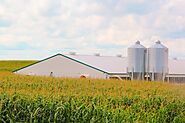
The farming and livestock industry are undergoing some dramatic changes these days with the help of modern technologies.

Modern farms and agricultural operations work far differently than those a few decades ago, primarily because of advancements in technology, including sensors, devices, machines, and information technology. Today’s agriculture routinely uses sophisticated technologies such as robots, temperature and moisture sensors, aerial images, and GPS technology. These advanced devices
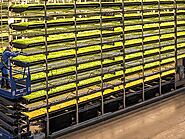
A number of global trends are influencing food security, poverty, and the overall sustainability of food and agricultural systems.
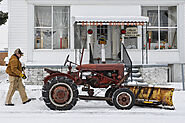
Farming technologies allow the world to be fed, even though most people no longer farm. Here are 5 farming technologies that changed the world from HowStuffWorks.
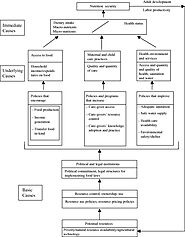
Agricultural technologies play a central, if not pivotal, role in sustaining both the expanding population and their current and future prosperity, yet a profound ignorance of the importance of these technologies at all levels of society has led to regulatory regimes that limit or prevent their application at a time of increasing need for their benefits.

Max Armstrong shares some good news stories from agriculture in 2020
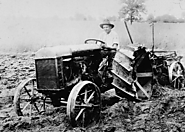
Over the past century, American farming has changed dramatically. Crops with long histories like tobacco are still prevalent throughout the South, while many farmers across the country are now exploring the possibility of a thriving hemp market. Every state has a rich farming history, from the tomatoes made in New Jersey, to the sheep used for wool production in Wyoming. Currently, some farms are looking to new technology to maintain their blue-collar livelihood, while others have decided to shut down shop, unable to keep up with fluctuating markets, export worries, and other daily concerns of America’s farmers. Those aspects and more are detailed in Stacker’s dive into how American farming over the past 100 years.
